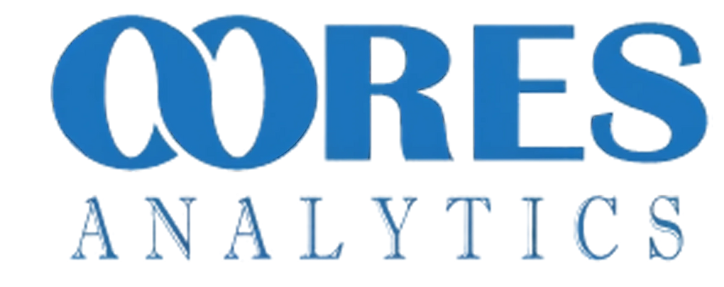Spatial data analysis & visualization
- Home
- Services
- SDV
Overview
Survival analysis studies the amount of time it takes before a particular event of interest occurs. It plays a pivotal role in statistical modeling, especially in business, medicine, biology and reliability studies where time-to-event data is fundamental.
What types of questions can be answered with survival analysis?
- What is the probability of experiencing an adverse outcome from a specific cause by a given time?
- Does a specific intervention reduce adverse outcomes for all causes or just for specific ones?
- On average, how long after an intervention/treatment/procedure do different groups experience some specific adverse outcome?

What types of models can we implement at oores Analytics?
- Kaplan-Meier survival curve with confidence intervals and confidence bands,
- Wilcoxon, log-rank test,
- Kernel-Smoothed Hazard Estimator,
- Cox Proportional Hazards Models,
- Competing Risks Analysis
At oores Analytics, we have the tools necessary to analyze and interpret time-to-event data within a rigorous stochastic framework. Talk to us and see how we can help you harness the power of your data, translating same into real-world scenarios, and thus enable you make data-driven decisions!

Case studies
See our case studies about data analyst case
Overview
Spatial Data Analysis and Visualization involves examining the locations, attributes, and relationships of features in spatial data through analytical techniques and visual representations such as maps.
@oores Analytics, our spatial data analysis & visualization workflow and what you expect typically includes:
- Defining objectives, clarifying the research or project question
- Identifying spatial scale (local, regional, global)
- Determining expected outcomes (maps, statistics, models
- Data Acquisition, collection spatial data sets (vectors [e.g., shapefiles, GeoJSON], raster [e.g., GeoTIFF, NetCDF])
- Data preprocessing
- Exploratory data analysis, spatial analysis (hotspot or cluster analysis), network analysis (routes, service areas, Geo-statistics spatial interpolation (Kriging, Inverse Distance Weighting)
- Assess spatial distribution – point patterns, density, static maps, interactive maps, 3D visualization, dashboard creation
- Explore spatial dependency – spatial autocorrelation (Getis-G, Moran’s I, LISA, spatial lag models, spatial error models
- Build spatial regression models – spatial lag model, spatial error model, etc.
- Work with temporal datasets with multiple time points
What types of questions can be answered with spatial data analysis & visualization?
- Are there clusters of disease outbreaks in a region; is crime concentrated in specific neighborhoods?
- What areas are at highest risk in a flood scenario; which regions are vulnerable to heat-related illnesses?
- Is there a relationship between income level and access to green spaces; is there a link between environmental factors and health outcomes?
Who can benefit from our Spatial data analysis & visualization services?
- Government agencies (Urban planning departments, Public Health departments, Emergency Services, Environmental Agencies
- Researchers & Academics (Health care professionals, social scientists)
- Healthcare organizations (Hospitals & clinics, NGOs and Humanitarian organizations)
- Businesses & Commercial enterprises (retail & real estate, logistics companies, telecom providers)
- Nonprofits & International Development organizations
- Agric & environmental managers, education & outreach groups, general public & advocacy groups
At oores Analytics, we have the tools & expertise necessary to analyze, visualize and interpret various forms of spatial data. Contact us and see how we can help you harness the power of your data, translating the same into real-world scenarios, and thus enable you make data-driven decisions!
